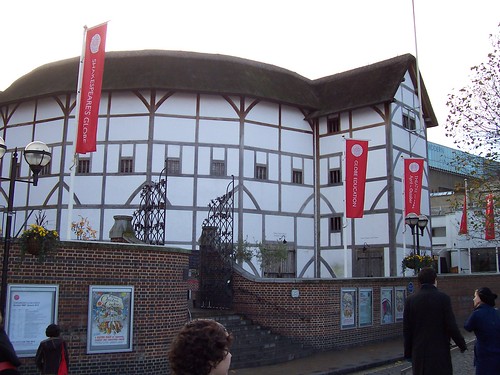Europe has a rich history, which is why it should come as no surprise that it can boast a great number of spectacular landmarks across its landscape. Although some of these landmarks stand out brighter in the imagination than others, less well-known sites can be just as beautiful and also make for spectacular tourist experiences.
Here is a small list of the most magnificent but also less well-known sites to be found across Europe:
Globe Theatre
Destroyed by fire in 1613, rebuilt, and then closed a second time in 1642, the Globe Theatre was home to the playing company of the Immortal Bard. Today, a replica of the theatre called Shakespeare’s Globe has been reconstructed near the original site. It was built using no modern materials. Ticket and hotel package providers such as Show and Stay often lead tourists to experience plays and shows that are as enormously popular as Shakespeare was in his time.
Channel Tunnel
Completed in 1994, the Channel Tunnel consists of 31.4 miles of tunnel that connects Folkestone in the United Kingdom to Coquelles in France. It features the longest portion of undersea tunnel throughout the world and hosts passenger trains that connect the two one-time rivals. Each day, those trains carry more than 23,000 people between Great Britain and France.
Palace of Versailles
Versailles stands in testament to not only the power and authority of Louise XIV, but also the long-reaching presence of the French ancien regime. Once intended as a private chateau for the Sun King, Versailles sprawled over time to encompass gardens, multiple chapels, and even an opera house. All of this is done up in some of the most beautiful blending of architectural styles extant in France, combining the baroque richness of rococo with the stately majesty of neoclassicism.
Parthenon
Rebuilt in celebration of Athens’s rising power and influence after the original was destroyed during the Second Graeco-Persian War, the Parthenon is the temple of Athena that stands atop the city’s acropolis. Being more than two millennia old, the Parthenon is nonetheless one of the few wonders of Classical civilization to endure to the present day. Relief depicting scenes from both Athenian history and Greek mythology decorate the exterior of the building, while the interior still retains some of the statuary that once decorated it.
Coliseum
Believed to have picked up the name due to a colossal statue of the Emperor Nero that once stood beside it, the Coliseum is the most famous building of its kind nestled in the venerable heart of the one-time Roman Empire. Its interior once hosted events ranging from dramas and gladiatorial combats to re-enactments of famous naval battles. That the Coliseum still stands today despite all that has happened over the centuries is a testament to the engineering skill of the Romans.
Alhambra
Over the 9th to 14th centuries AD, the Islamic rulers of Granada built the Alhambra atop a hill overlooking their city, intended to be both their seat of government and the final bastion of their rule should that day come. Surrounded by a lush sea of woodland green, the Alhambra combines exquisite gardens and intricate architecture. Its main attraction is the palace complex, which is the finest example of Berber Islamic architecture still extant in Spain.
Lake Baikal
Located in Russian Siberia, Lake Baikal is the oldest lake on the planet at 25 million years and counting. At the same time, it is also the world’s deepest lake with a depth of more than 2,400 ft. Lake Baikal contains an unique environment home to hundreds of species of both plants and animals that can be found nowhere else in the world, including one of the few populations of freshwater seals.
Conclusion
Of course, the wonders of Europe are not restricted to these few and it proved quite a challenge to limit their number to only seven. However, the landmarks mentioned here are both deserving and too often neglected, meaning that we felt it necessary to correct those unfortunate mistakes.
These marvels of Europe were suggested by Show and Stay, the providers of London breaks and theatre trips.




